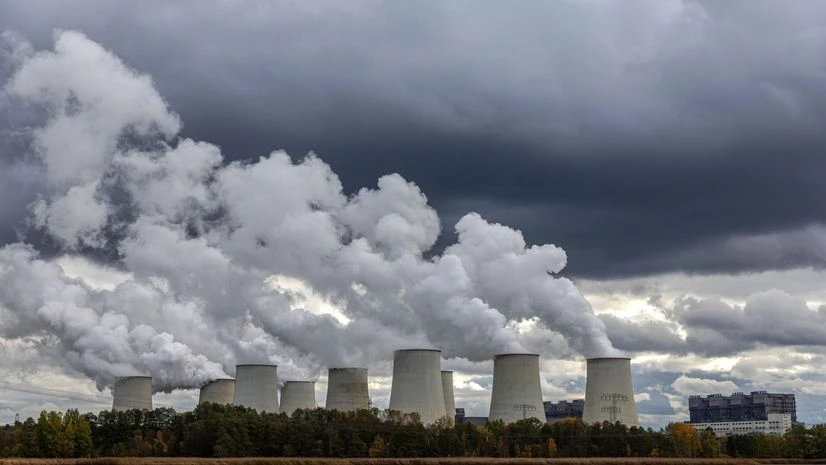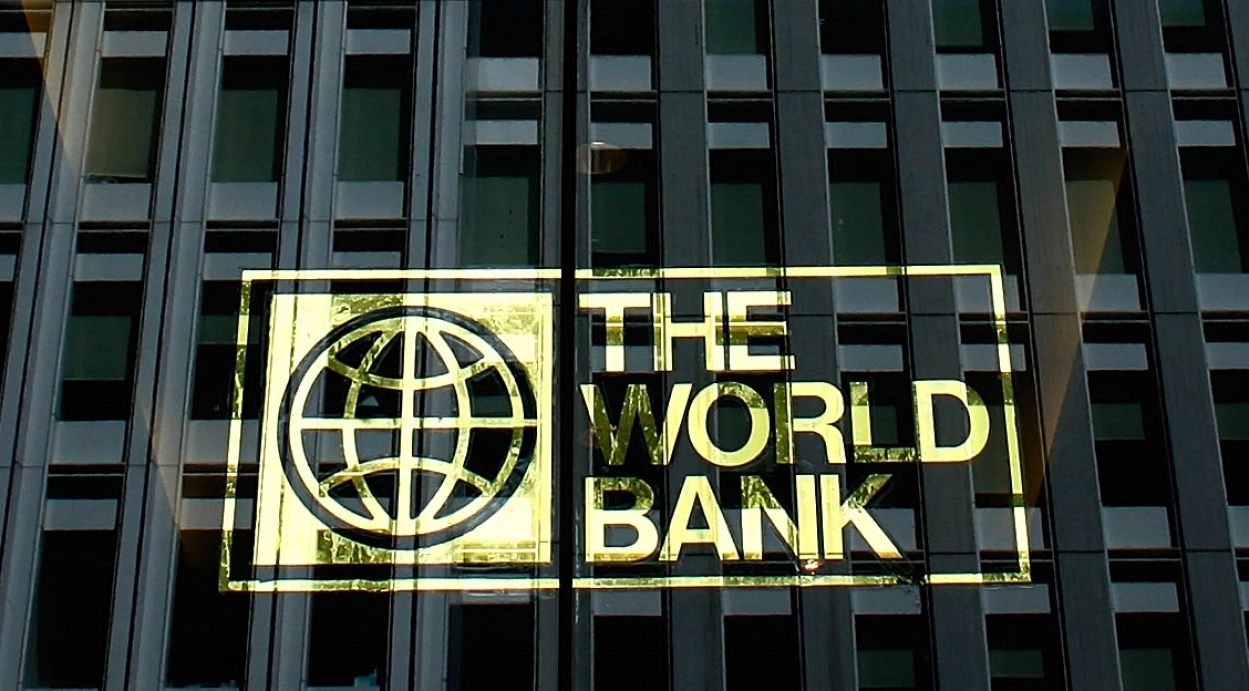Indian banks see climate change as their biggest source of systemic risk | Banking

Indian banks see climate change as their biggest source of systemic risk | Banking
)
Climate change for the first time is named as the greatest source of systemic risk to the Indian financial system. Photo: Bloomberg
Twice a year, the Reserve Bank of India reviews the stability of the country’s financial system. Its latest report made for good headlines: The proportion of loans that have gone sour is at a multiyear low, and likely to decline further.
But buried in the report is a warning from the very institutions the central bank is charged with regulating. Market participants responded to a survey asking what they saw as the biggest contributors to systemic risk. While they downplayed the usual concerns — asset quality, interest rate risk, capital outflows — one particular threat loomed larger than ever before: climate change. In fact, respondents named it for the first time as the greatest source of systemic risk to the Indian financial system.
They’re not wrong to worry. It isn’t just that India, according to the Network for Greening the Financial System, will see sharply lower growth unless temperature rises are controlled. That growth will be more variable and subject to sharper shocks, including those from weird weather and delayed monsoons. This worries the country’s financial arteries; so does the uncertain fate of sectors such as construction, cement and energy, to which they are deeply exposed.
Indian regulators have been slow to respond. It wasn’t until earlier this year that the RBI finally released a draft framework that would require financial institutions to devise and disclose their strategies to mitigate climate-related risk. Even then, the timeline for adopting the new rules was exceedingly generous. For regular Indian banks, they will only fully come into force for the financial year that ends in March 2028.
What explains the lethargy? Part of the problem is no doubt the bureaucratic inertia that bedevils all policymaking in India. Regulators are scared of stepping on each other’s toes, and on the government’s.
Nobody is sure, for example, who will eventually have the last word on what counts as “green” investment. The securities market regulator moved first to define a taxonomy and a reporting framework for large publicly traded companies. The finance ministry in New Delhi would naturally prefer that any such taxonomy be decided centrally.
An inter-departmental task force, with various regulators and ministries represented, is supposedly working on definitions. But it was set up in 2021, and nothing has as yet been decided.
At the same time, regulators may be too focused on reinventing the wheel. India’s markets are large enough, and its problems pressing enough, that policymakers here generally believe they have little to learn from attempts made elsewhere to solve the same challenges.
This is short-sighted, especially when it comes to financial regulation. Whether a taxonomy or disclosure requirements or climate stress tests, transparent criteria that align with those in use elsewhere are helpful — at least, if you want global investors to understand and trust your standards.
Regulators might be more motivated to push through disclosures and restrictions — such as, for example, tagging specific loans as being at risk in the green transition — if they thought such transparency would attract greater investment.
Unfortunately, Indian policymakers no longer entirely believe promises that a greener financial system will allow the country to access pools of sustainable finance globally. India launched a sovereign green bond in 2023. It didn’t sell at much of a premium and was mostly taken up by domestic investors; interest from foreigners seemed low. The RBI canceled the sale of a second tranche scheduled for this year.
Finally, and perhaps most importantly, there may be an unspoken fear of what a more stringent examination of climate risk might reveal.
The RBI released the results of a preliminary set of climate stress tests in 2023. They found that India’s vast network of public sector banks was particularly vulnerable.
While it’s not exactly clear why — more granular tests have been promised but not conducted yet — the fact is that many of India’s banks have lent heavily in the past to the energy sector. Data from last year showed that banks, even in the public sector, are now balking at financing new coal-fired power plants. That suggests they worry they are overexposed to the sector. (Renewables haven’t faced the same problems.)
Disclaimer: This is a Bloomberg Opinion piece, and these are the personal opinions of the writer. They do not reflect the views of www.business-standard.com or the Business Standard newspaper
First Published: Jul 05 2024 | 7:51 AM IST




